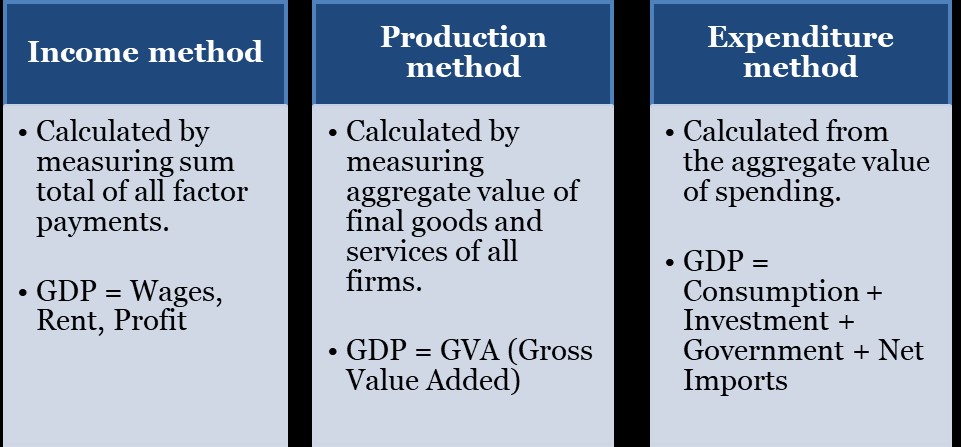7667766266
enquiry@shankarias.in
Recently, an allegation has been made on the government that it is overstating its GDP growth rate after the release of quarterly data of GDP value.
Real GDP growth rate = Nominal rate – Inflation (GDP Deflator)
GDP Deflator = Nominal GDP / Real GDP

Quick facts
|
|
Wholesale Price Index |
Consumer Price Index |
|
Definition |
|
|
|
Components/ Types |
|
|
|
Base Year |
|
2012 |
|
Published By |
|
|
|
Services |
|
|
|
Uses |
|
|
Index of Industrial Production (IIP)
References